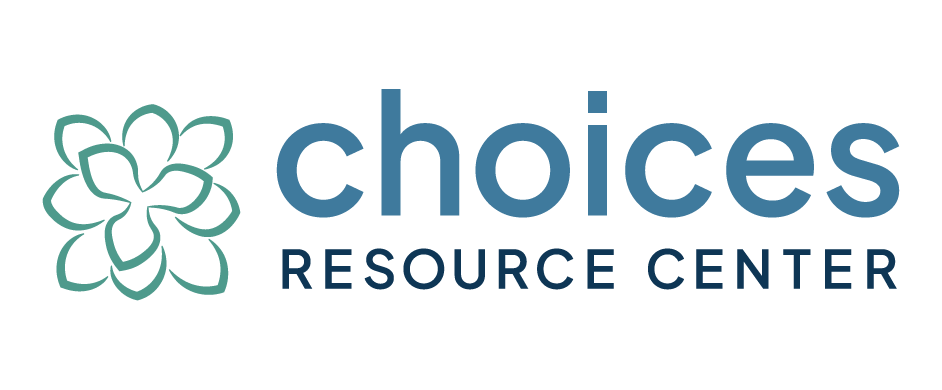If you’re facing an unplanned pregnancy and trying to decide if abortion is right for you, Choices Resource Center is here to help.
In today’s blog, we will be discussing medical abortions (also referred to as the abortion pill) and the various forms of surgical abortions. The information that follows may be hard to read but it is important that you know all the facts before you decide whether or not to proceed with an abortion.
Medical Abortions
Medical abortions are available to women in the first 70 days of pregnancy. What is called “the abortion pill” is actually a two-drug process, using the drugs Mifepristone and Misoprostol.
In a medical abortion, an abortion provider will first administer the drug Mifepristone. Mifepristone deprives the pregnancy of the nutrients it needs by blocking the womb from absorbing progesterone. Once the pregnancy has ended, Misoprostol will be taken at home to cause contractions and heavy bleeding and force the pregnancy from the body.
Surgical Abortions
In comparison, surgical abortions require an invasive process of extraction and are available in different forms throughout the pregnancy.
First-Trimester Abortions
A first-trimester abortion can be either a Dilation and Curettage (D&C) procedure or a Suction Curettage procedure. The D&C procedure, available in the first 12 weeks of pregnancy, requires that the cervix is dilated so the abortion provider can scrape the pregnancy from the womb.
In a Suction Curettage abortion, available in the first 14 weeks of pregnancy, the abortion provider will dilate the cervix and then use a suctioning device to pull apart and extract the fetus. Once the tissue has been suctioned out, the provider will scrape the uterus to ensure all of the fetal tissue has been removed.
Second-Trimester Abortions
Abortions that take place in the second trimester of pregnancy require a process called Dilation and Evacuation (D&E). In a D&E procedure, the cervix is dilated and a tool is inserted into the uterus to break the fetal tissue apart. The abortion provider will then scrape the broken-down pregnancy from the uterus.
Are there side effects and risks related to abortion procedures?
Yes, as with any medical procedure — abortions, whether medical or surgical, are serious and can be accompanied by uncomfortable side effects and lasting risks.
Women who take the abortion pill can expect to experience cramping and heavy bleeding as the body expels the pregnancy from the womb. The abortion pill has also been associated with side effects including nausea, fever, chills, dizziness, diarrhea, weakness, vomiting, and headaches.
Women may also experience risks related to the abortion pill, including infection, sepsis, and hemorrhaging.
Risks and side effects related to surgical procedures are similar to those experienced with the abortion pill. Additionally, women who undergo a surgical abortion may be at risk for perforation to the uterus and other internal organs.
Before you get an abortion
Are you pregnant and unsure of abortion? Here at Choices Resource Center, we believe you should feel empowered and confident as you walk through this unexpected time. We provide free lab-quality pregnancy testing, ultrasound scans, and STI testing, as well as a medical consultation with a licensed nurse practitioner. Schedule your free appointment today!
